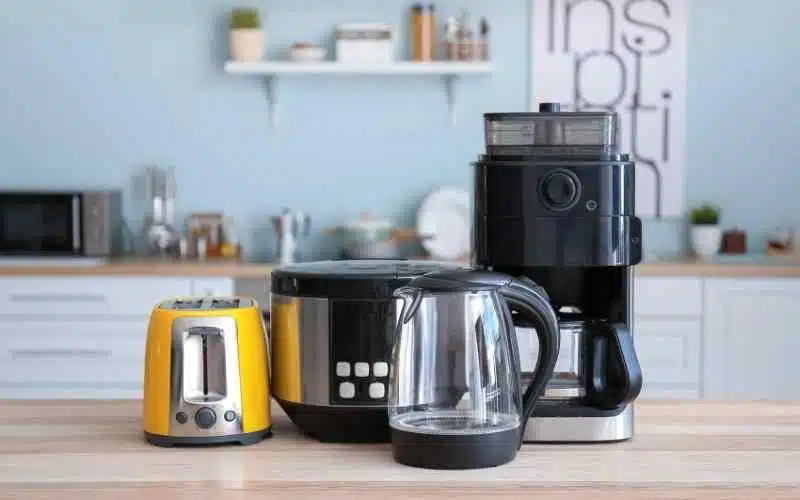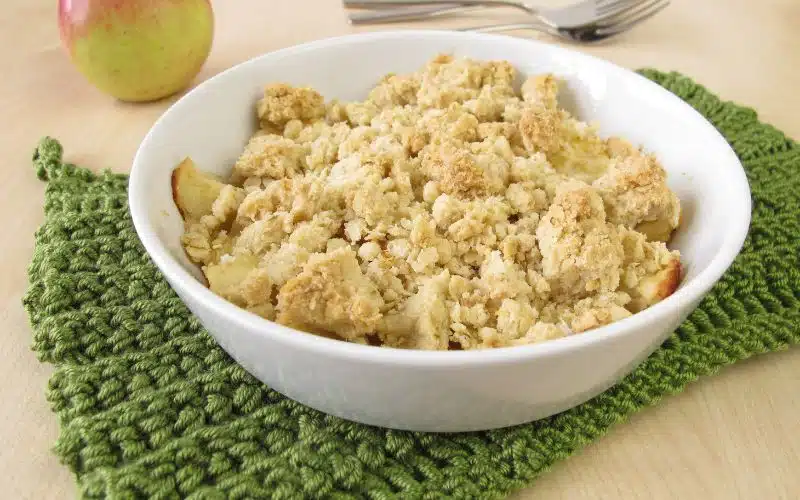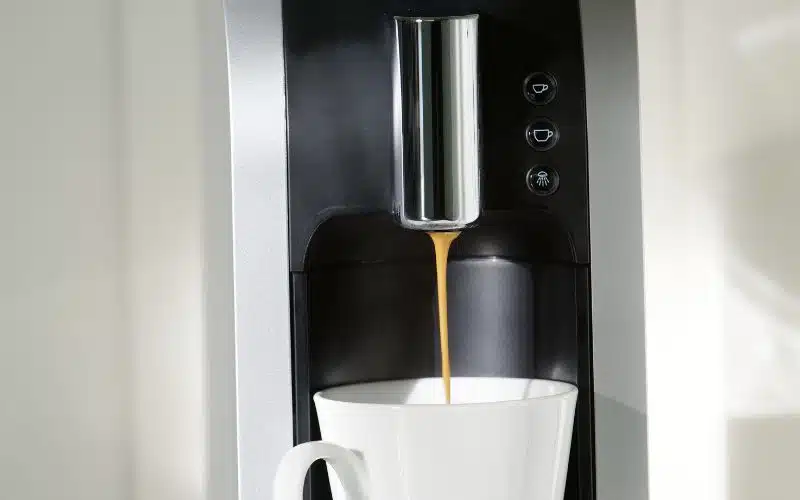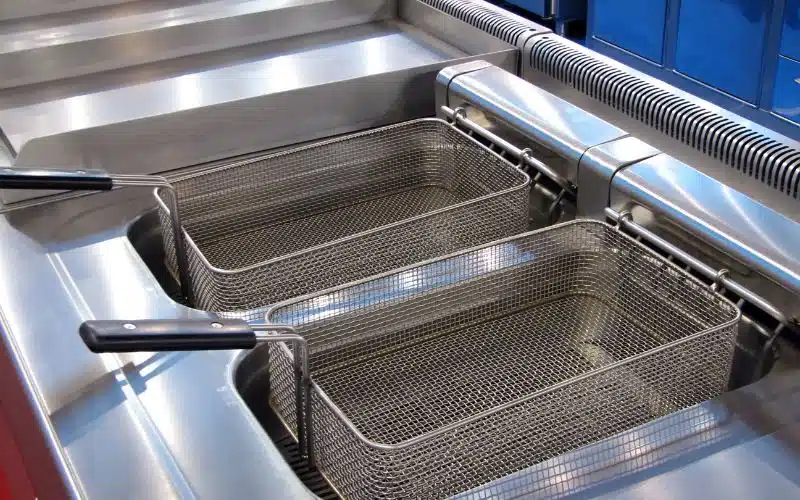A capital improvement is one of the major topics discussed over the years. It is an improvement made to your home which increases the property value.
Capital improvement also prolongs the useful life of your home. Hence, it’s important to know if your kitchen appliances are capital improvements.
Kitchen appliances are not a capital improvement. The adjusted cost basis of your home does not include the cost of major kitchen appliances. Only the capital improvements are included in the adjusted cost basis of your house.
Do New Appliances Count As Capital Improvements?

New built-in appliances count as a capital improvement. A built-in kitchen appliance is an appliance that is fixed into a house to remain permanently in the place.
These appliances serve as assets in the home and can dramatically increase the value of your house.
Capital improvement involves adding a permanent structural change to a property to increase its life and overall value. Capital improvement will enhance the property market value.
Properties that are fixed, immovable, and attached to the house that the removal can cause damage to the material are capital improvements.
However, there is a difference between a capital improvement and a replacement. A capital improvement is attached to the property you have.
A replacement or repair due to wear or tear caused by prolonged usage is not a capital improvement.
For example, replacing the thermostat on a water heater is an example of repair and maintenance. Therefore, it is not considered a capital improvement.
From the points above, there are two major categories of improvement that you can do to your property; the improvement that affects your property value and the one that does not.
The ones that affect the property value by increasing it are called capital improvements.
What Items Are Considered Capital Improvements?
There is a rule to knowing if an appliance counts as a capital improvement. If you move the appliance from the house to another place, it is not a capital improvement.
Otherwise, it is a capital improvement. Major kitchen appliances include dishwashers, microwave ovens, freezers, refrigerators, drying cabinets, water heaters, etc.
In addition, new home appliances are sometimes significant capital improvement that increases the home’s value.
For example, a new refrigerator is considered a separate asset from the home property. Hence, the purchase of the new refrigerator is a capital outlay or capital expenditure.
In addition, it refers to the cost of equipment acquisition to improve the value of capital assets.
Most of the terms used regarding the topic need to be correctly understood to avoid confusing them with one another.
For example, the cost of replacing one of the separate assets in the property is a capital expense. For example, buying a refrigerator to sell cold water or a rental operation is a capital expense.
Buying major kitchen appliances in the house, such as the dishwasher and refrigerator, incur tax deductions.
Capital expenditures include items that are long-time investments. So, the items which are assets have a useful life span of a year and more.
Purchasing land, properties, and equipment are all types of capital expenditures. Improvements on the kitchen appliances are considered capital expenditure.
The cost basis refers to the original cost of an asset. There are specific standards for an improvement to increase or add to the cost basis.
The improvement must be in place when the property is sold.
Capital improvement should be permanently fixed to the property, and removal of it can cause a decrease in the value of the property.
Suppose the property that you have is in service.
In that case, it is important to know how to determine whether any repair or maintenance cost you incur is a regular expense or a capital improvement.
Most owners of properties that have given up their property for rent have a way they go about it.
They prefer to have most of these incurred costs as regular repair and maintenance expenses.
This action enables them to maximize current year deductions and depreciation recapture.
However, repair and maintenance are not part of the property’s cost basis. The repairs are one-time expenses used to sustain your appliances and make them work for a long time.
Repairs and improvements done to a property used for a business such as rental are tax-deductible.
Repairs of large projects and home appliances do qualify as a capital improvement.
However, repairs that are very important in keeping the home in good shape and condition should not be included in capital improvement.
Also, whether the contractor employed for the work will collect sales tax on the work done depends on the job.
The decision to collect sales tax will depend on whether the result is a capital improvement on the real property or repair or maintenance work.
Furthermore, it is good to note that all the capital improvements on your home appliances are tax-deductible.
Until you sell your property and the cost of additions and other improvements are added to the cost basis of your property.
Documenting all the capital improvements you made in your home for some time may lower tax payments.
This action can benefit the homeowners because they will avoid paying capital gains tax when they sell the property.
This comes as a huge boost in an event like this.
Finally, if you are still skeptical about what capital improvement means, think of it as something that adds value to your home.
It includes appliances that prolong your home’s life and help prevent costly repairs. It does not include or refer to an addition to your financial business position.
Conclusion
The benefits of capital improvement cannot be overemphasized. It expands the usefulness of a property beyond its current state.
They also help to lower your taxes. Capital improvement must be durable or permanent, or both. Capital improvement also helps increase the property’s cost basis when improving the home.
It is good to note that capital improvement from real estate is entirely different from other types of capital gains.





